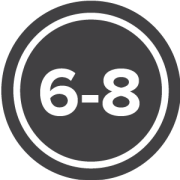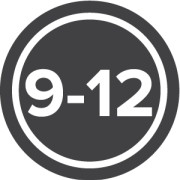
The Legislative Branch
Students will learn about the structure, function, and powers of the legislative branch of government. They will explore the legislative process, as well as the influence of citizens and political parties.
View our Constitution Explained video series for short-form videos to share with students about the legislative and other branches of government.
Choose Grade Level:
-
Lesson Plan
Why Do We Have A House And Senate, Anyway?
-
Lesson Plan
Mini-Lesson: Congressional Leadership
-
Video
Patsy Mink: Changing the Rules
-
Game
Branches of Power
-
DBQuest
Non-Voting Delegates in Congress
-
DBQuest
Policy, Public Interest, and... Margarine?
-
Lesson Plan
Gerrymandering: Where Do We Draw the Line? (…
-
WebQuest
Who Represents Me?
-
Lesson Plan
Midterm Math (Infographic)
-
Game
LawCraft














